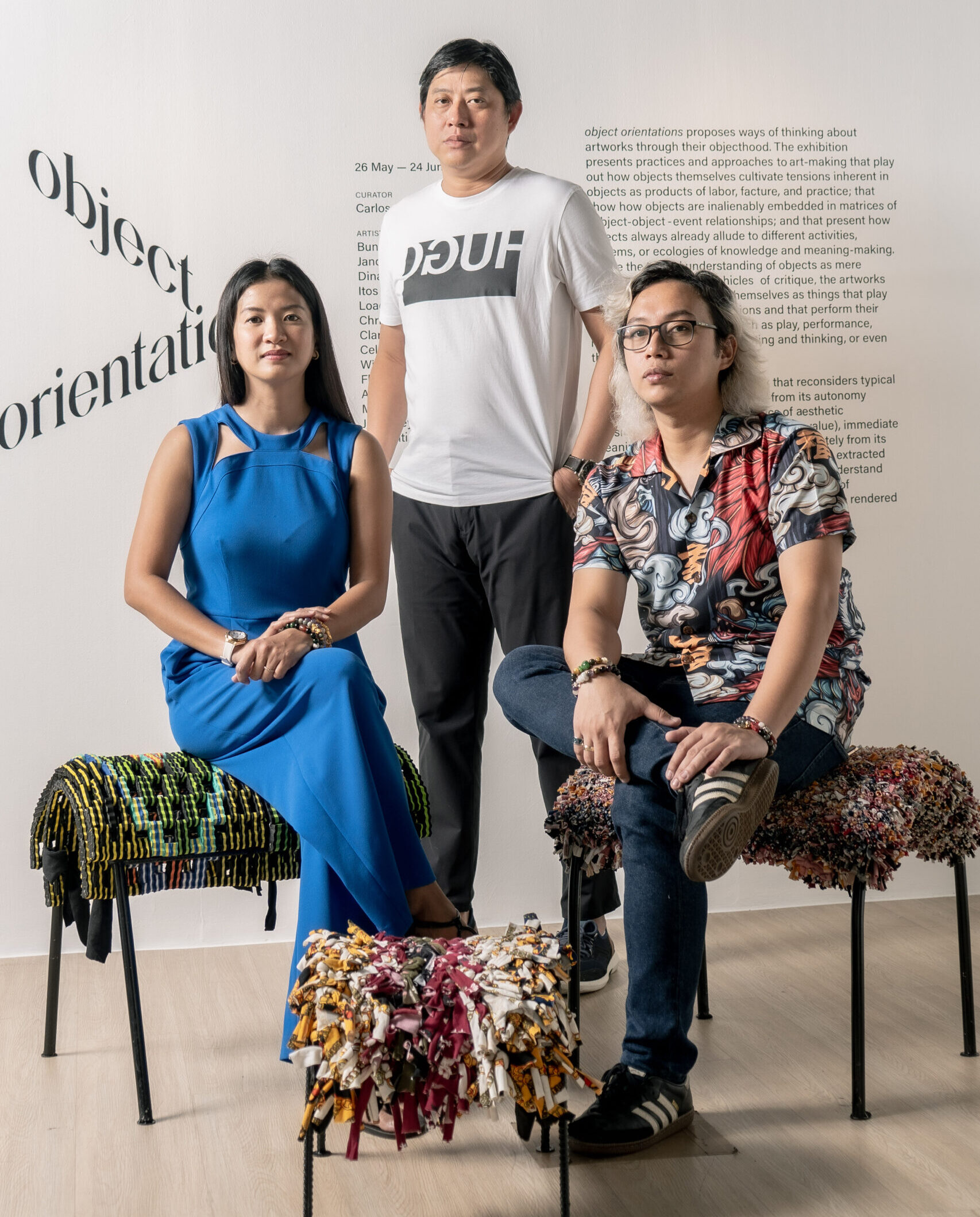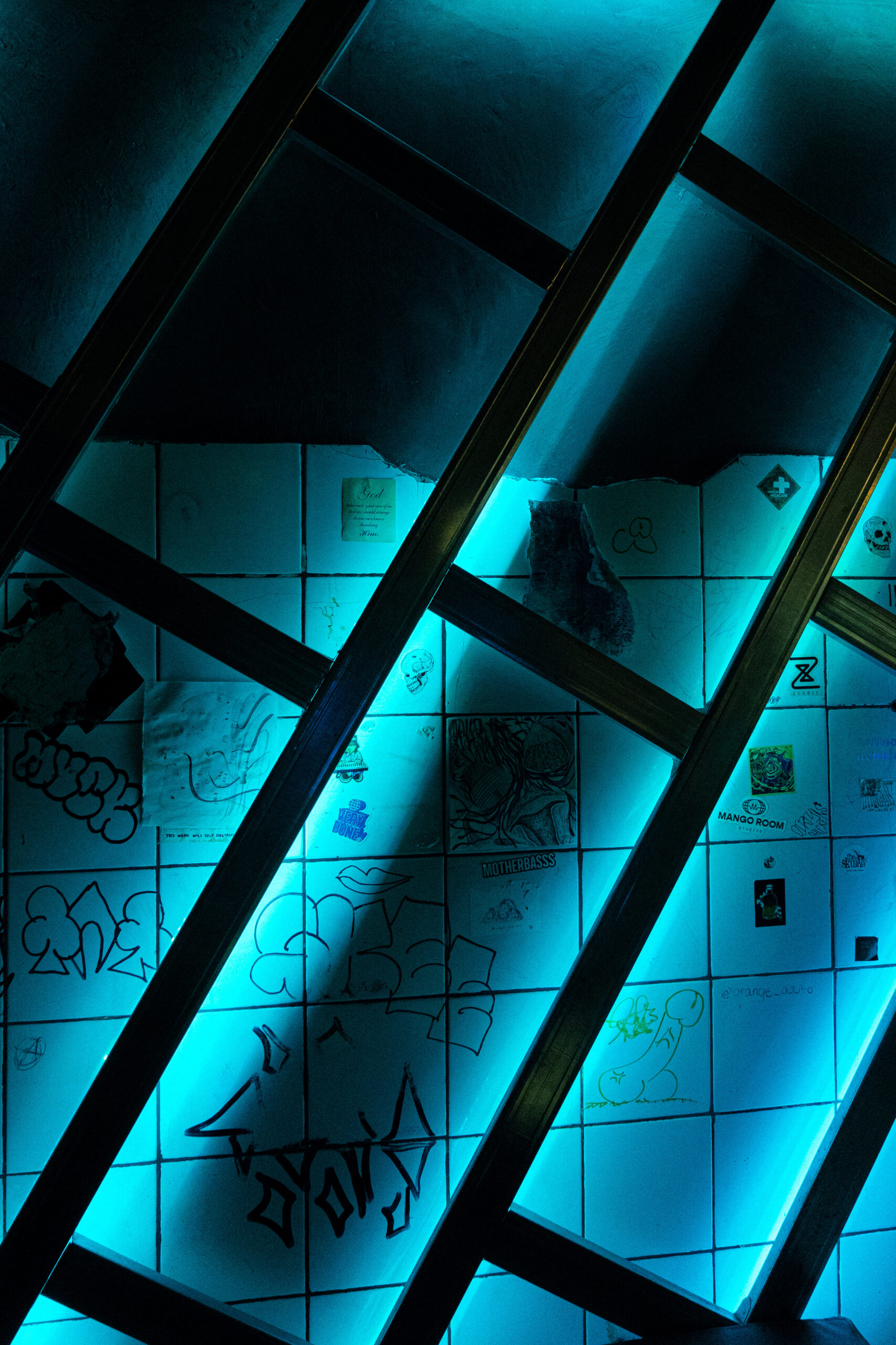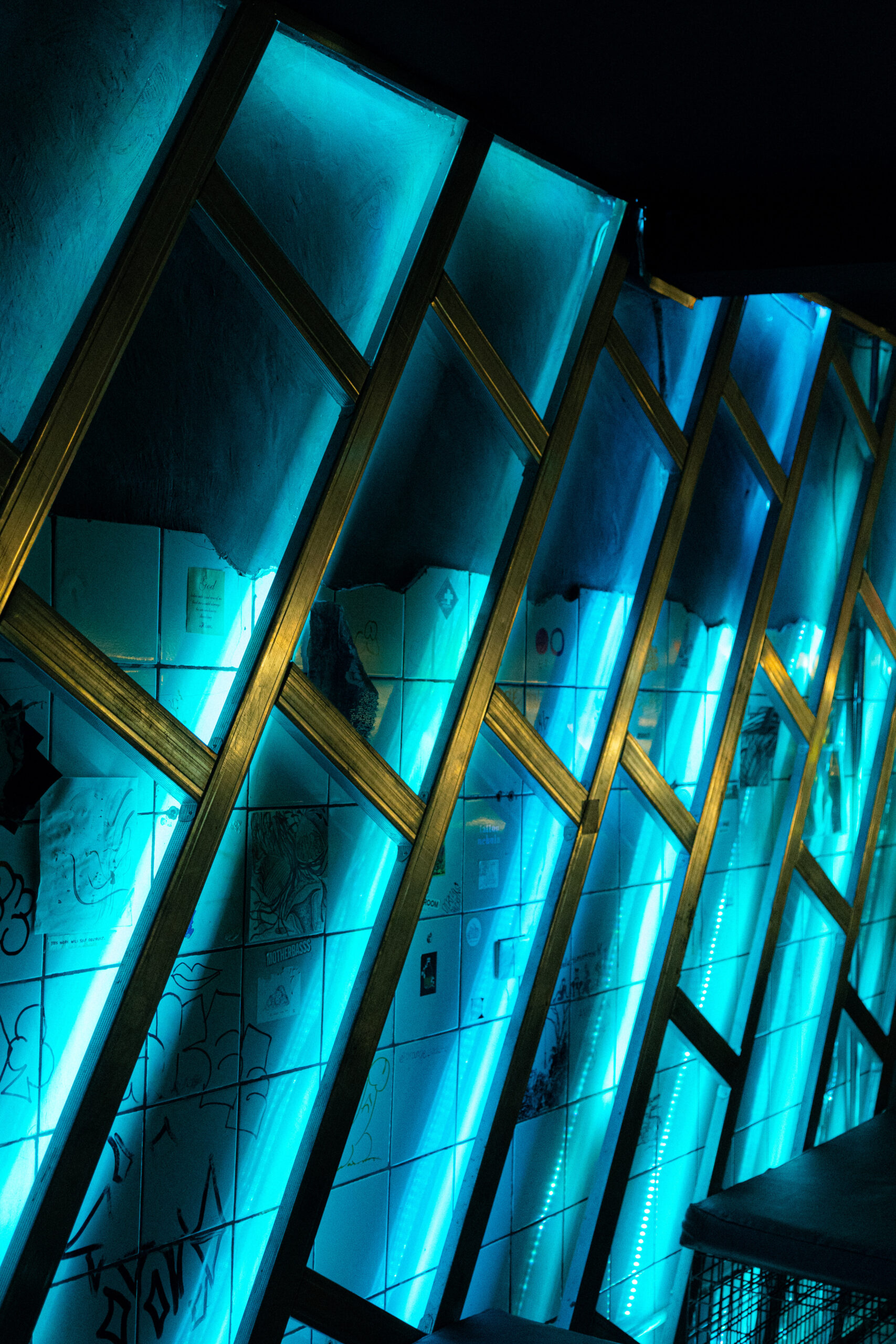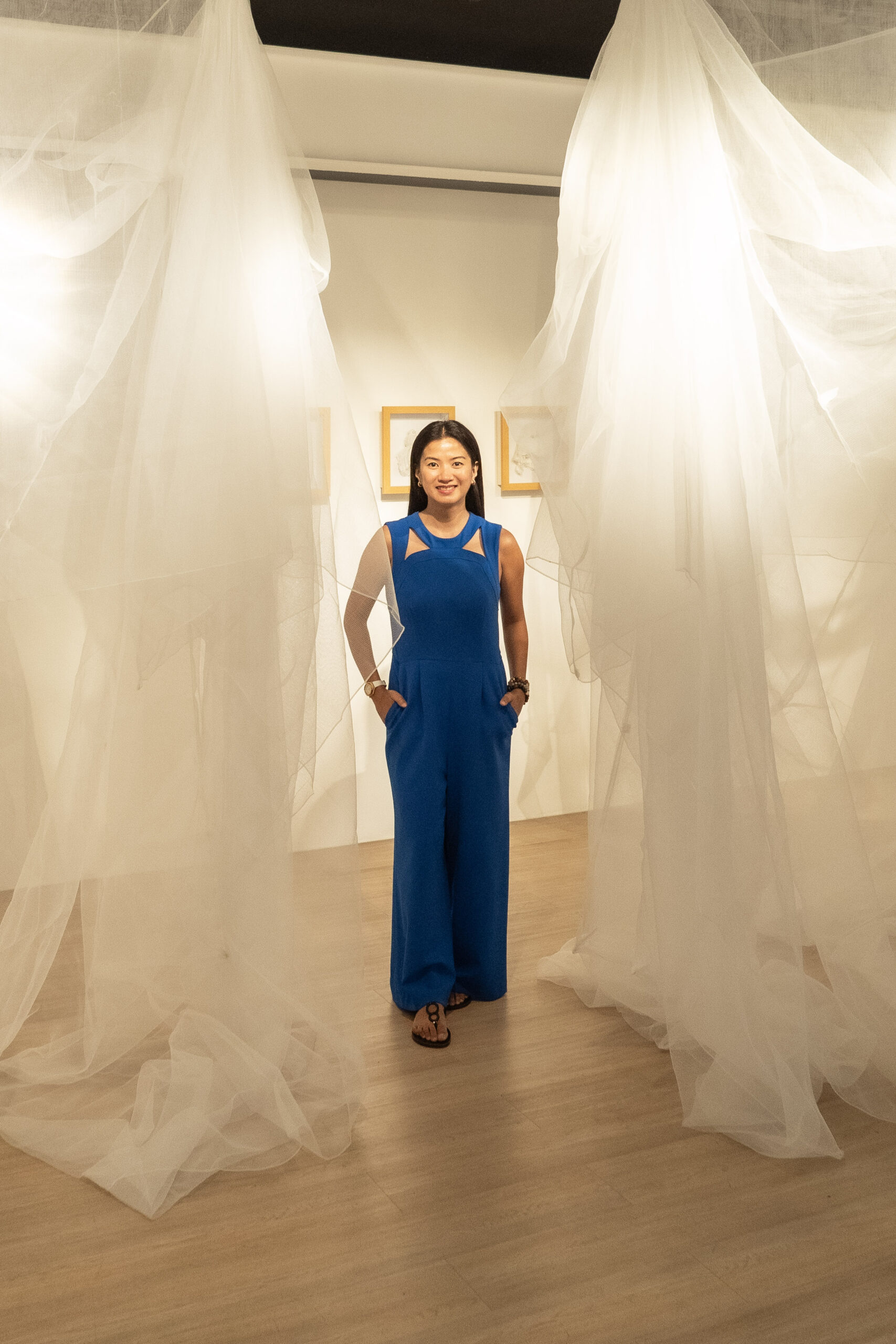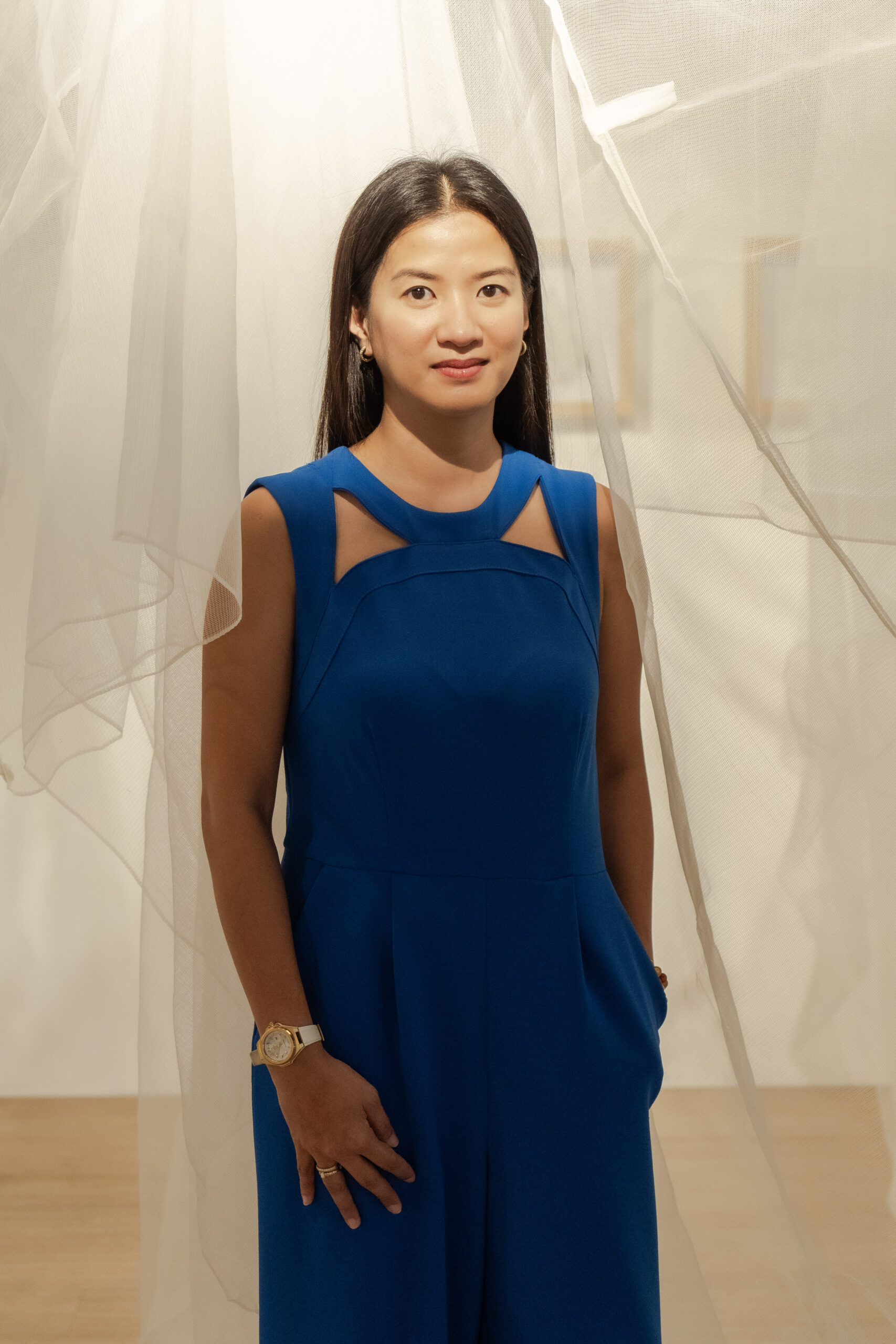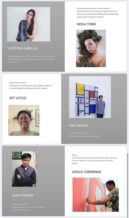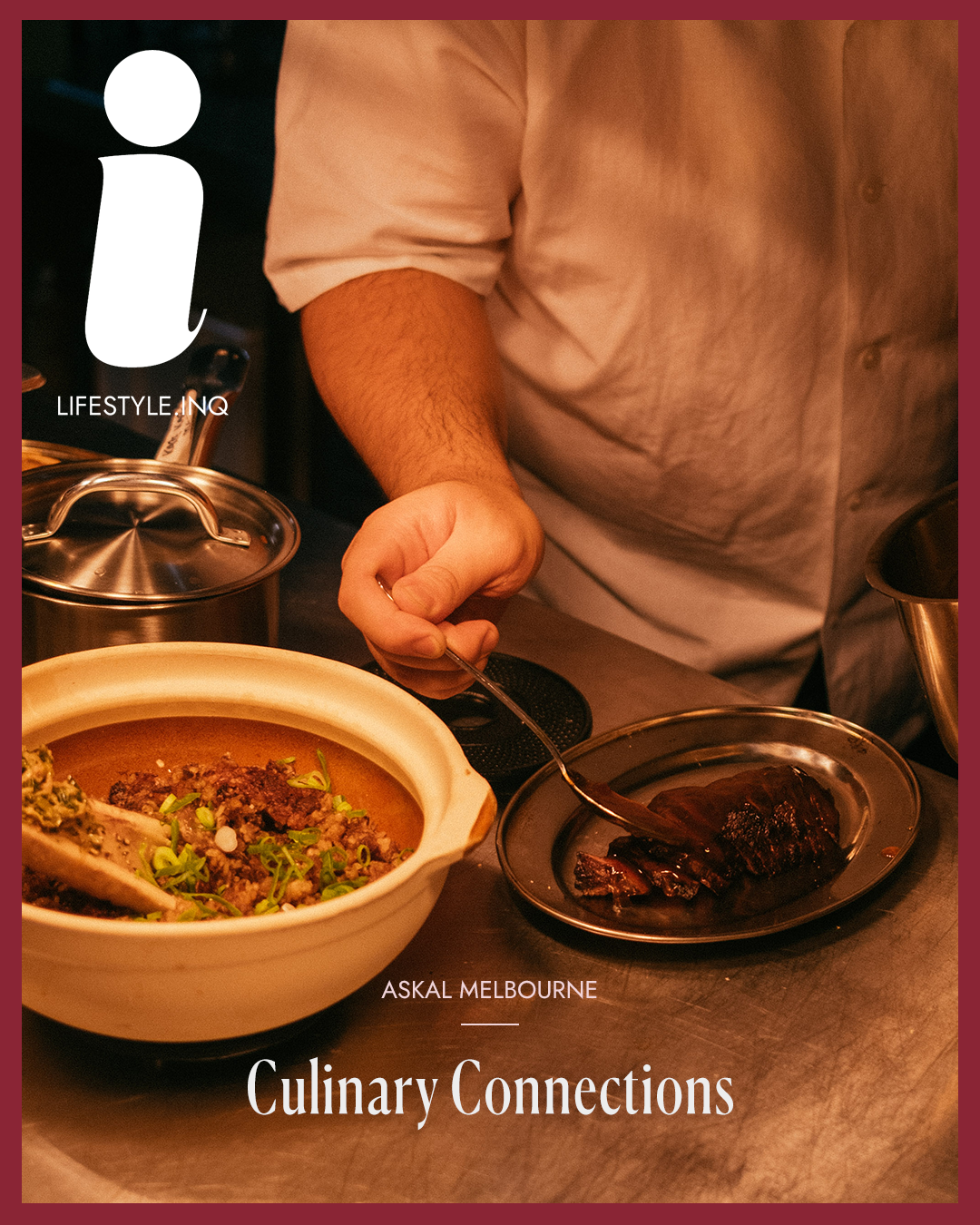The latest sensation in Manila’s art scene is redefining the traditional concept of a gallery, setting a new standard for what art spaces can be
The concept of gravity serves as a force that holds everything together. This becomes clear in the choice for the gallery name “Gravity Art Space” or GAS, for short. Since opening during the pandemic, GAS has grown into a microcosm of creativity in the local art community – especially as it has begun to meld together a series of new ventures that go beyond art exhibitions.
Art fairs are notoriously busy on the backend for gallery workers, but Gravity Art Space rose to the challenge in Art Fair Philippines 2023, securing its name in the Philippine art world. Not to mention an unconventional slew of shows that have garnered significant attention.
https://www.instagram.com/p/Cu_1mlKPmor/
Situated at the heart of Quezon City along Mother Ignacia Street, both enthusiasts and collectors from the south regularly travel via the Alabang-QC Skyway, while New Manila and San Juan residents journey from a few backstreets away.
A former furniture store, gym, and restaurant, the space has metamorphosed into a whole new organism. While the architectural facade reads “Nanka Steakhouse,” inside the structure is a six-space gallery and a speakeasy bar. At present, a new restaurant is in the works. As GAS pulses with visual art, co-founders Melai Matias and Indy Paredes, as well as one of their investors Jaykie Peñaflor, reveal a vision to delve deeper into the culinary arts and the audiovisual.
From what we have seen so far, this new gallery space that has planted roots in QC is thriving—while the blueprints for expansion are set to be realized soon.
Navigating New Beginnings
After weaving through the current shows on exhibition, we follow the neon light under the “EXIT” sign. We emerge in Gravity Art Space’s “Dirty Kitchen” (DK), named after how Filipino households have two kitchens: one for show and the other for real prep work. On a table, steam rises from a plate of orange chicken and fried rice. The food is from Mandarin Sky, one of the restaurants owned by GAS partner Jaykie Chiong Peñaflor.
It is often the case that idealists in the creative industry launch projects or businesses without the tools for solid business development. Thankfully, Matias and Paredes were aided by the help of investor Jaykie Peñaflor. Over 6 feet tall, and wearing a shirt that reads “Hugo” backward, Jaykie Peñaflor definitely gives the impression of a boss. A graduate of architecture and also a collector of art toys and fine art, Peñaflor funded the building of the space. Atty. Christoffer Liquigan was also a contributor who gave the starting funds for the renovation of DK.
Entrepreneur Peñaflor has helped develop ideas since 2009. Growing up with a family grocery store in Dagupan, he undeniably knows the ins and outs of maximizing food inventory. This makes sense when he tells us apart from Mandarin Sky in Banawe, Caloocan, and all over the country, he owns Japanese restaurants Oedo and ICHŌ—the latter a personal favorite for its freshly flown-in seafood, which I discover Peñaflor flies in his hand-carry on 24-hour sourcing trips.
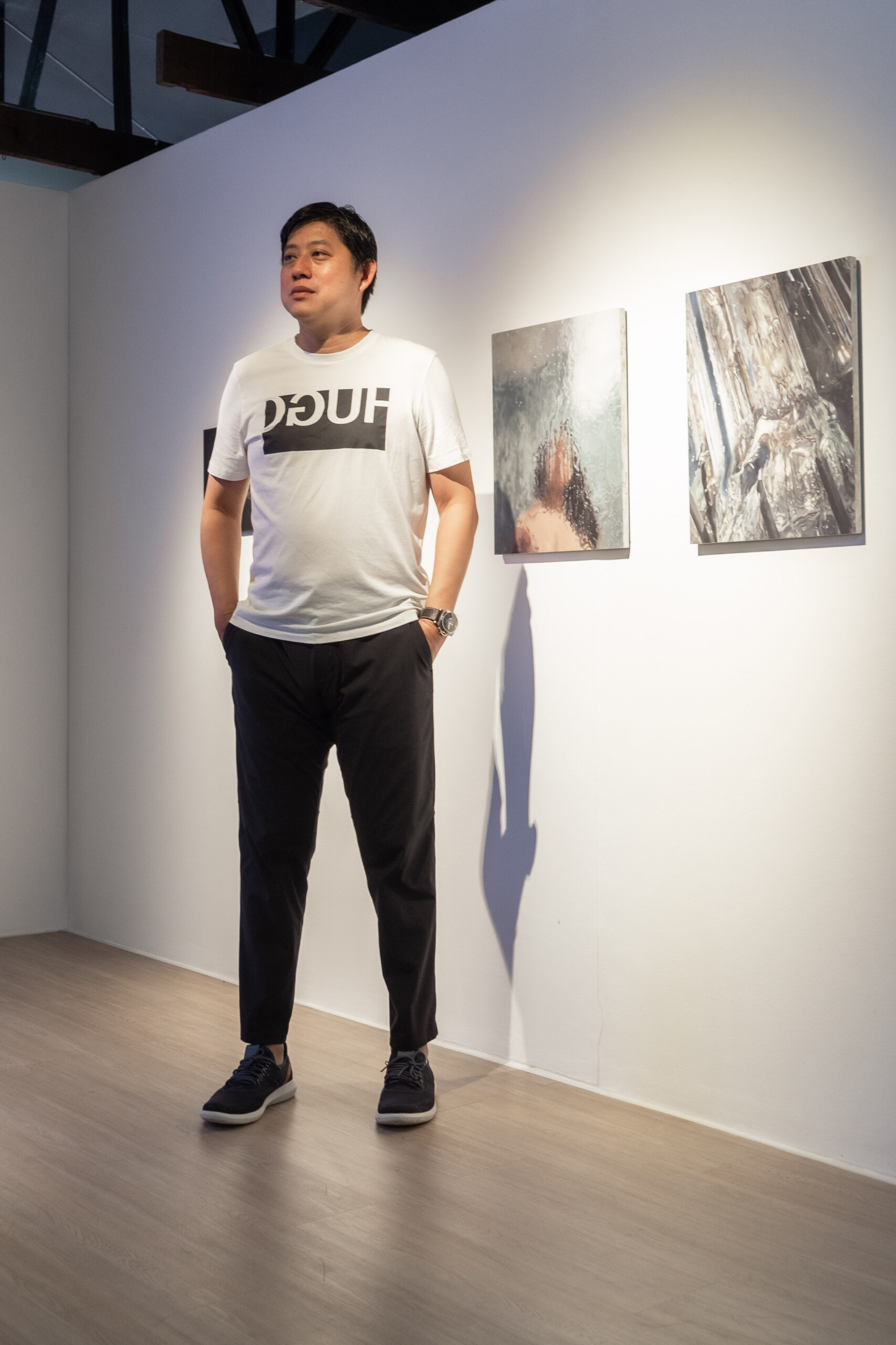
When I ask Melai Matias about the gallery work she does with her partner Indy Paredes, she simply answers,
“Sweat equity.”
From poring over object lists and getting every centimeter right, to quality photo documentation and managing artists, navigating gallery life is not an easy task—especially if you have six spaces.
While the GAS team is armed with a hardy team of gallery assistants, co-founders Melai Matias and Indy Paredes steer the helm.
Matias and Paredes both hail from a background in mathematics. Matias graduated with a Mathematics Major in Actuarial Science from UST, while Paredes shone with his math prowess at Quezon City Science High School. He later finished a degree in Food Technology at UPLB. Together, the two prove their mettle in the day-to-day operations of the gallery, blending analytical skills with a passion for art.
Paredes manages more of the curatorial side, installing the shows himself. An established artist, he is well-known for installations infused with social commentary. After art residencies in Paris at the Ecole Nationale Supérieure des Beaux-Arts, and as a former represented artist at 1335 Mabini, Paredes stresses how he still remains linked to Quezon City, which he praises for its unique urban texture that fosters both relaxation and productivity.
Meanwhile, Matias lends her expertise to the finances, sales, and marketing aspects of the gallery. With experience in the insurance business and real estate, Matias seems adept at multitasking, as she oversees the operations of Dirty Kitchen. It’s easy to see how she can fit the mold of a perfect gallerina, too. Often laughing and exceptionally sociable, Matias brims with an outgoing charm that matches the energy needed for a good art businesswoman.
Putting together their talents, Matias, Paredes, and Peñaflor mounted the gallery in just six months during the pandemic. The process was expedited by a feasibility study prepared by Paredes, which garnered a go-signal from Peñaflor. He then proceeded to design the panel boards, which were built by Peñaflor, who owns a company that provides architectural and modular design projects. It was a difficult time in the family for the co-founding partners, after Matias lost her mother Corazon after a long battle with cancer, and Paredes lost his grandparents. God willing, the construction that started in early 2021 came to fruition as the gallery space doors swung open on March 19 the same year.
A Multi-functional, Multimedia Cultural Push
A few days earlier, GAS hosted an OPM Night with the Pima Guitar Quartet. The proceeds from the concert went straight to the women’s livelihood centers of the “I am Hope” initiative. A few weeks earlier, DK was the venue for the queer community’s “that elephant party” and also an iteration of SADOMASODISCO.
While a spot for the occasional rave or a night with an excellent vinyl DJ, Paredes describes Dirty Kitchen as meant to be a space “for artists to communicate and to discuss.” Yet the GAS plans are numerous, still, with hopes for future residencies that can be offered to artists.
The founders tell us about more programs: There is the Cinematheque—an enclosed lounge for screenings of movies or artist films. There are timelines for publications, and for artists to turn their exhibitions into art books. This open-source academic format is geared especially toward younger audiences. In another savvy endeavor, the GAS team will mount a gift shop, something less typical for a Philippine gallery, although ubiquitous in museums abroad. At present, the team is gauging artists’ lines of shirts, and other kinds of merch, that will help both artists and galleries in turn. “They want to take home something from GAS but hindi naman biro ang mga artworks,” Paredes comments.
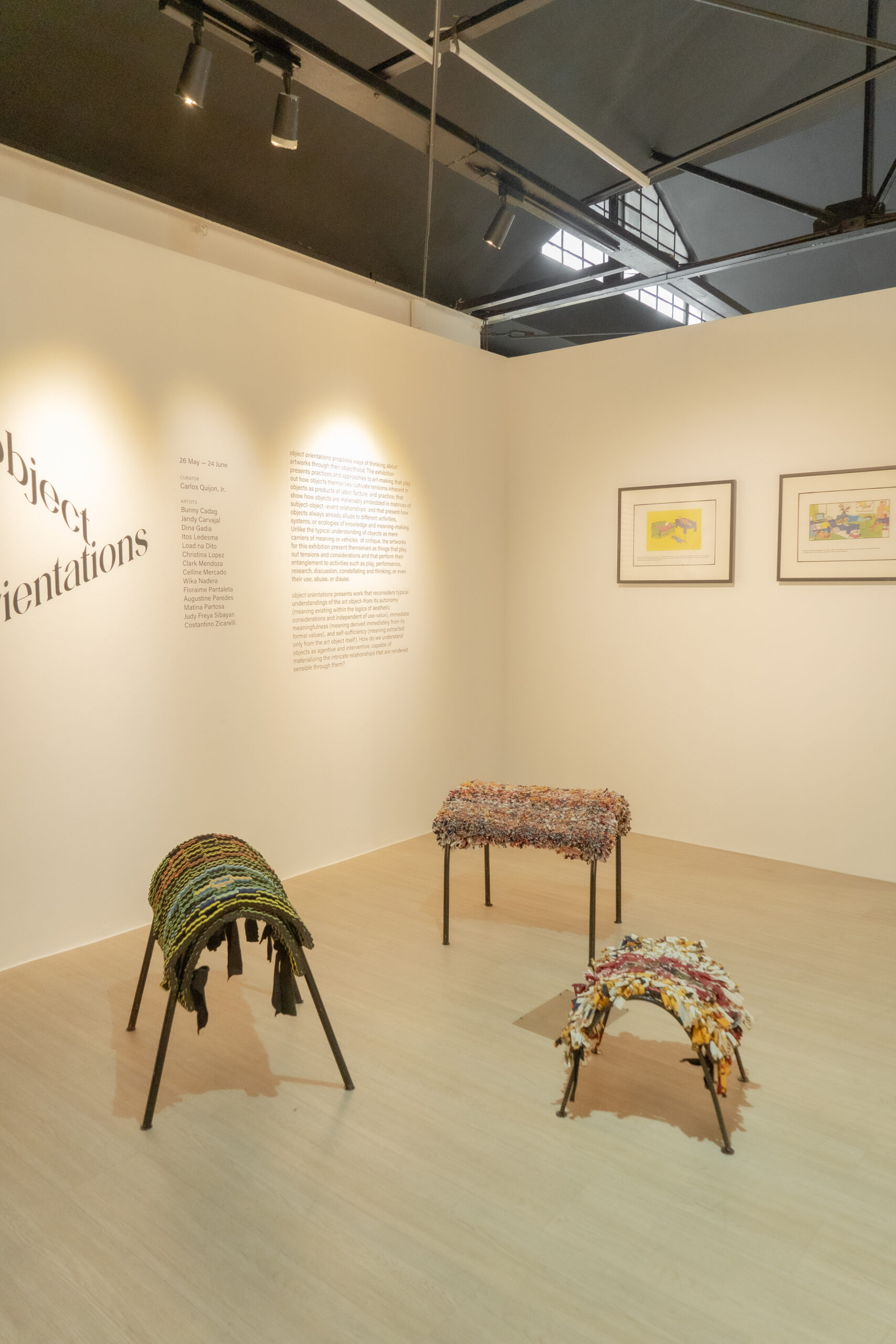
While the plans seem ambitious, each blueprint seems to have a clear and practical purpose. In another departure from traditional gallery models, the QC gallery intends to charge a fee, in a structure designed for sustainability and fairness. At times, visitors walk into the gallery, and after preening in the restroom, stay for hours in the air conditioned facilities to create tiktoks or reels. To ensure the space remains well-maintained, inviting, and accessible, Matias says on the fee (which artists are exempted from), “Just to maintain the facility, kailangan namin ng admission fee kahit fifty lang. It’s not too much but it’s not too little, but it will help.” Recognizing the challenges galleries face maintaining their operations, the fee will consider salaries, rent, and operational necessities without fully relying on art sales. This approach seems to show the GAS mindset, that the art business need not be synonymous with suffering.
Melding Visual and Culinary Arts in “DeGASstacion”
Perhaps one of the most exciting initiatives of GAS is the upcoming degustation experience, “DeGAStacion”. True to the GAS business sense, the restaurant will attract an untapped market of foodies and weekend wanderers. With each exhibition, the chef and artist will collaborate to bring about what Indy Paredes describes as a “sensory evaluation.” Sourcing a chef who has trained at the Ritz Carlton Tokyo, he will prepare five-course pairing meals to mirror the evolving exhibitions. While the space on the first floor will also have a Mediterranean offering, curated in collaboration with a Silang-based chef who trained under a Michelin star chef in New York.
With a spectrum of flavors, the experiential menu sounds promising. While the course-meal framework looks stable, especially with Peñaflor’s long experience in the restaurant business and Matias’ personality that guarantees a welcoming front-of-house.
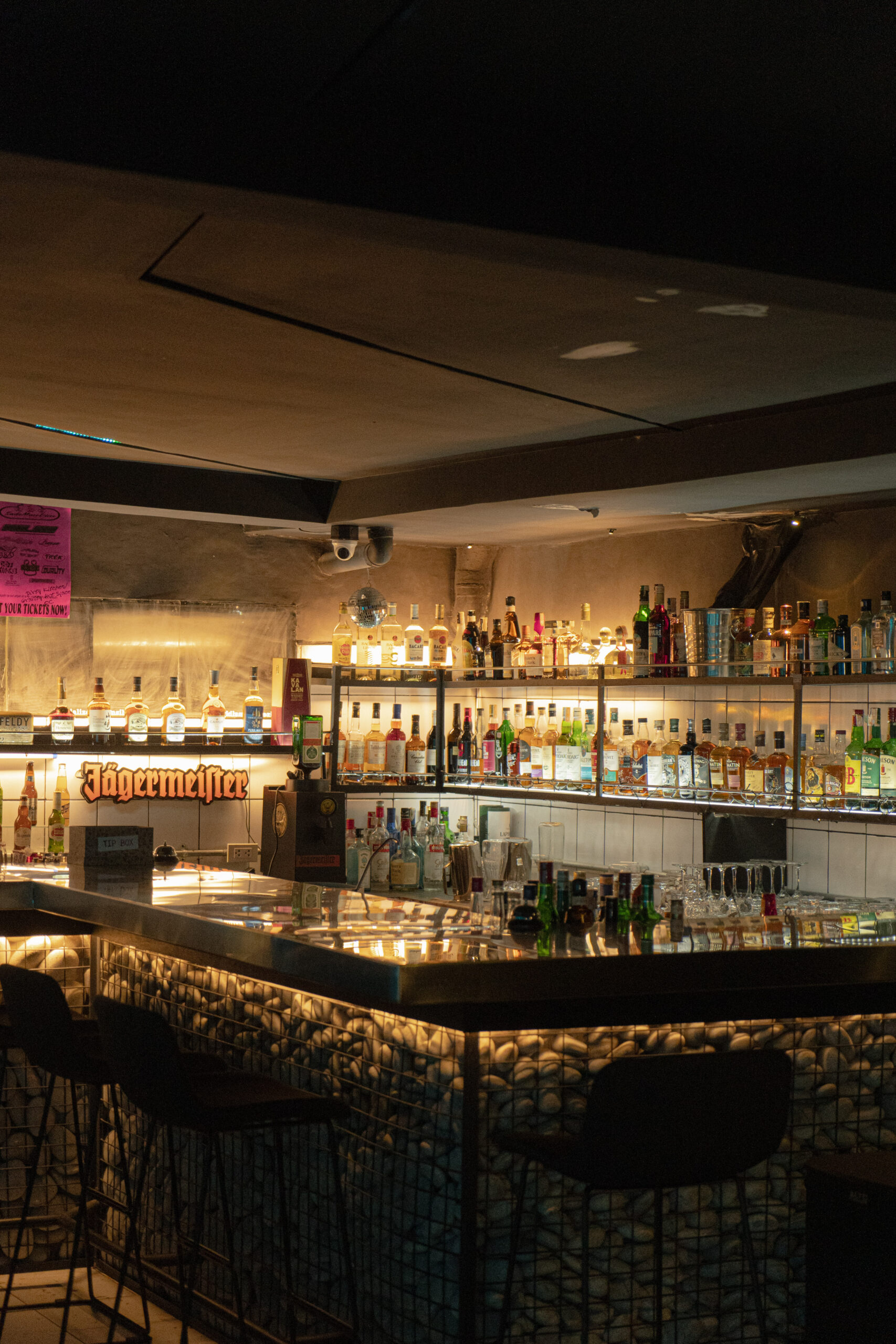
Paredes says, “Pag pumasok kayo ng complex, kinabukasan na kayo lalabas—food, inom, gallery,” To which Melai retorts, “Pag labas niyo, masasabi mo, ‘Anong araw na?’”
Riding the Digital Wave of Change
Since the art market began to boom locally in the late 2000s, there has been a growing need for archiving. To address this lack, GAS is launching a holistic service-oriented app. In a nutshell, the GAS app will serve as a sort of social media haven for collectors of all kinds. And it won’t just be art either, but shoes, toys, and bags.
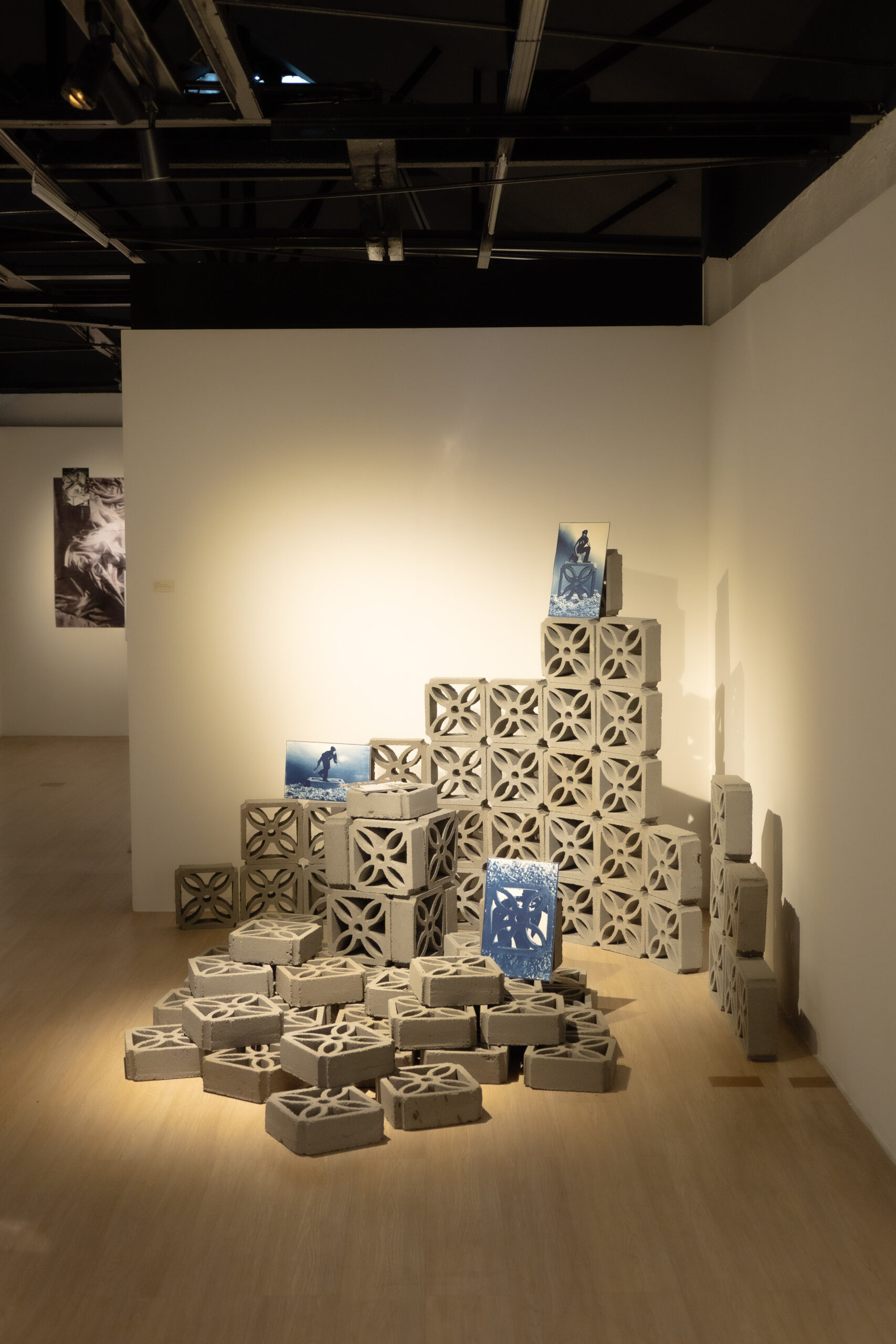
It is often the case that collectors lose their pieces in storage. This GAS app promises to have GPS to make sure records are in place. The initial archiving and documentation subscription in the app will include the highly personalized services of a team of art handlers, photographers, and even conservators for initial recording. Highly esteemed art photographer At Maculangan from Pioneer Studios will be handling the photo documentation, so if collectors want their pieces to be in a coffee table book, GAS can print it.
Developing and programming an app is no easy feat, and neither is it cheap. Despite all the bugs to contend with, it is the future norm. A tech-based archiving app for the growing collector community is a major need.
Current and Future Artist Programming
While ambitious, the fact that Gravity Art Space achieved success in the pandemic shows proof of the gallery’s ability to follow through.
One of the secrets in managing the six spaces is a balance of art. Co-founder Paredes says,
“There are some fragments that will be business-oriented. Pero pakita mo sa kanila that you’re championing really good art.”
“I’ve been in the industry for more than 12 years so I’ve seen galleries come and go. I don’t want it to happen to Gravity Art Space. We have marketable and we also have conceptual projects, so people get to enjoy both worlds.”
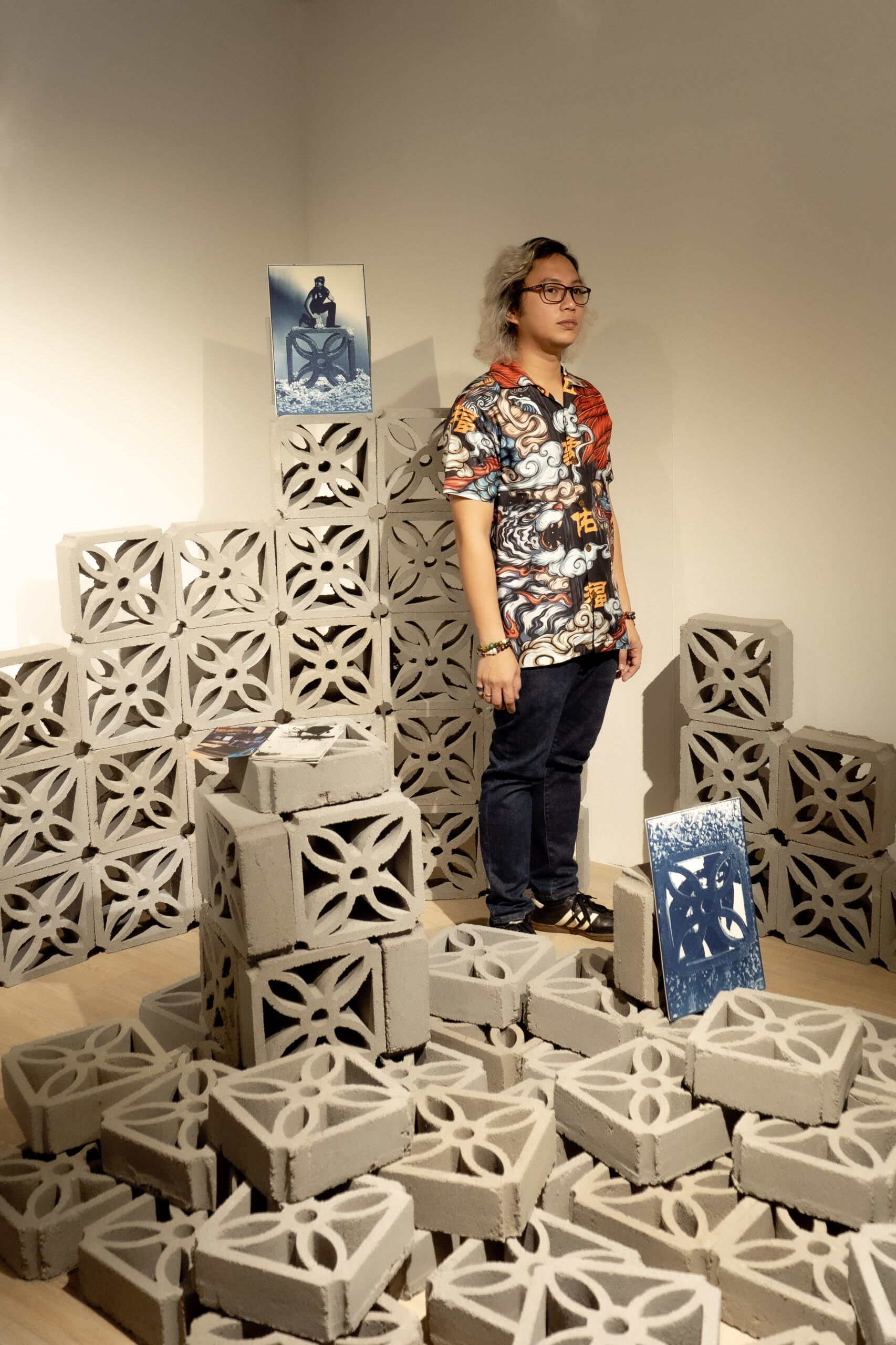
The seventeen represented artists Gravity Art Space is welcoming onto their home roster, whose practices span from traditional visual works to multimedia installations, and film.
In November 2023, the gallery is anticipated to be filled with art world big names such as Elaine Navas, Christina Quisumbing Ramilo, Maya Muñoz, Allan Balisi, Dex Fernandez, MM Yu, Jonathan Olazo, Carina, Isabel and Jose Santos, and more. Set to open at the same time as the degustation restaurant, the art is sure to complement the dining experience.
As Gravity Art Space continues to evolve, the art hub at the heart of Quezon City is fast becoming a magnet for long-time art enthusiasts, as well as new faces. With solid plans and high ambitions, investor Peñaflor states GAS’ future goals,
“We will change the complex… If you stay for lunch hanggang gabi na, that’s what we’re planning to hear.”
Special thanks to Jose Moreno.

